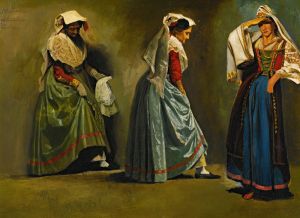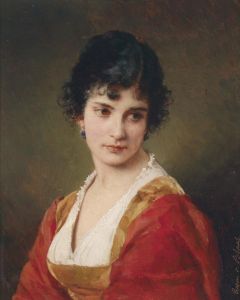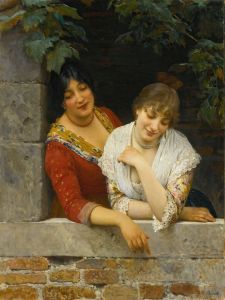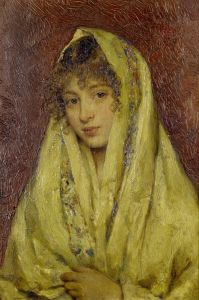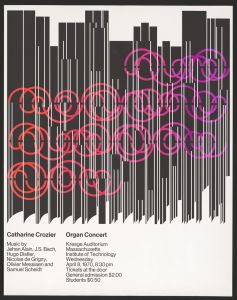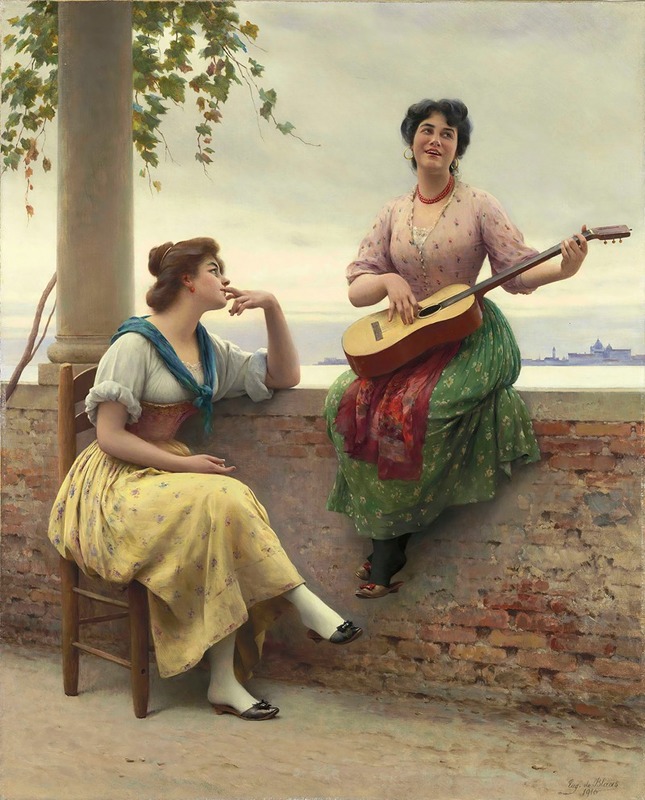
Venetian Melody
A hand-painted replica of Eugen von Blaas’s masterpiece Venetian Melody, meticulously crafted by professional artists to capture the true essence of the original. Each piece is created with museum-quality canvas and rare mineral pigments, carefully painted by experienced artists with delicate brushstrokes and rich, layered colors to perfectly recreate the texture of the original artwork. Unlike machine-printed reproductions, this hand-painted version brings the painting to life, infused with the artist’s emotions and skill in every stroke. Whether for personal collection or home decoration, it instantly elevates the artistic atmosphere of any space.
Eugen von Blaas, also known as Eugene de Blaas, was an Italian painter of Austrian descent, renowned for his genre paintings that often depicted scenes of Venetian life. One of his notable works is "Venetian Melody," a painting that exemplifies his skill in capturing the essence of everyday life in Venice with a particular focus on its people and their interactions.
"Venetian Melody" is characteristic of von Blaas's style, which is marked by meticulous attention to detail, vibrant color palettes, and a keen interest in the human form and expression. The painting typically features figures in traditional Venetian attire, often set against the backdrop of the city's iconic architecture or its picturesque canals. Von Blaas had a particular talent for rendering the textures of fabrics and the play of light on surfaces, which is evident in the lifelike quality of the clothing and the naturalistic depiction of the figures' skin tones.
The subjects of von Blaas's paintings, including "Venetian Melody," often include young women engaged in everyday activities, such as conversing, playing music, or participating in leisurely pastimes. This focus on the daily lives of Venetians provides a window into the cultural and social atmosphere of the time. The artist's work is celebrated for its ability to convey a narrative through the expressions and postures of his subjects, inviting viewers to imagine the stories behind the scenes he depicted.
Eugen von Blaas was born in Albano Laziale, near Rome, in 1843, and he was the son of Karl von Blaas, a noted history painter. He studied at the Academy of Fine Arts in Vienna and later in Venice, where he developed his distinctive style. Von Blaas became associated with the Academic style of painting, which emphasized technical skill and adherence to traditional artistic standards. Throughout his career, he exhibited widely, gaining recognition for his ability to capture the charm and vibrancy of Venetian life.
"Venetian Melody" reflects von Blaas's fascination with music and its role in social interaction. The painting often depicts musicians or individuals engaged in musical activities, highlighting the importance of music as a form of communication and entertainment in Venetian culture. This theme is consistent with von Blaas's broader body of work, which frequently explores the interplay between individuals and their environments.
While specific details about the creation and provenance of "Venetian Melody" may not be extensively documented, the painting remains an important example of von Blaas's contribution to genre painting and his ability to immortalize the spirit of Venice through his art. His works continue to be appreciated for their technical excellence and their ability to evoke the timeless allure of one of Italy's most iconic cities.
Eugen von Blaas passed away in 1931, but his legacy endures through his paintings, which are held in various private collections and museums. His work, including "Venetian Melody," continues to captivate audiences with its blend of realism, charm, and a deep appreciation for the cultural tapestry of Venice.






